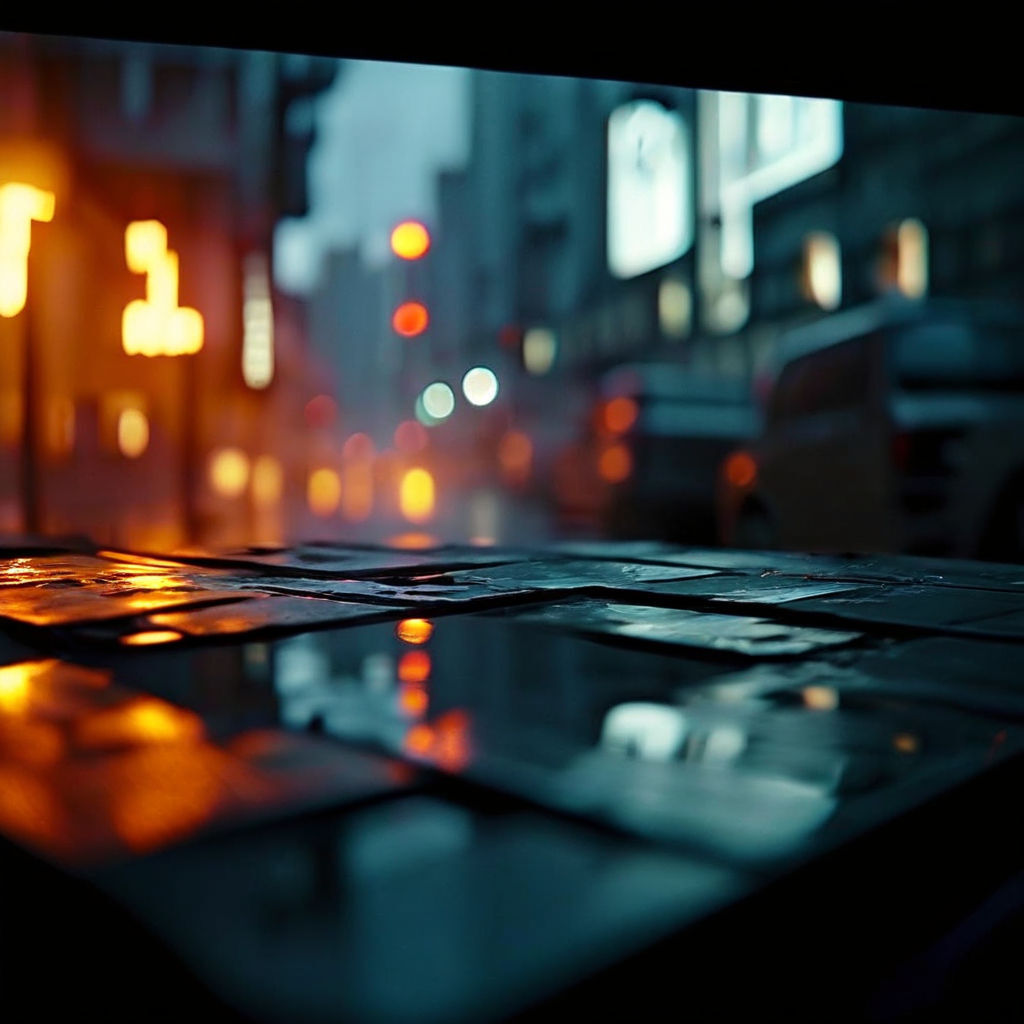What is a Match Cut?
A match cut is an editing technique that creates a seamless transition between two shots. It typically involves matching the composition, action, or subject matter of one shot to the next. The goal is to create a visual link that connects the two shots, making the transition smooth and almost unnoticeable to the viewer. Match cuts can be used for various purposes, such as advancing the narrative, creating a visual metaphor, or emphasizing a thematic connection.
Why Use Match Cuts?
Match cuts offer several benefits:
- Visual Continuity: They help maintain visual consistency, making the transition between shots less jarring.
- Storytelling Enhancement: By connecting scenes thematically or visually, match cuts can add depth to your narrative.
- Creative Expression: They provide opportunities for creative and artistic expression, allowing you to play with visual motifs and symbols.
- Audience Engagement: A well-executed match cut can captivate your audience, keeping them intrigued and invested in your video.
Steps to Create a Match Cut
Creating a match cut involves careful planning, shooting, and editing. Here's a step-by-step guide to help you master this technique:
1. Plan Your Shots
Before you start filming, plan the shots you want to connect with a match cut. Consider how the composition, action, or subject matter of the two shots can be matched. For instance:
- Composition: Align similar shapes, lines, or colors in both shots.
- Action: Match the movement or action between shots (e.g., a character opening a door in one shot and walking through it in the next).
- Subject Matter: Connect two related objects or scenes (e.g., a close-up of a basketball in one shot and a rising sun in the next).
2. Shoot with the Match Cut in Mind
When filming, be mindful of how the shots will connect. Pay attention to framing, lighting, and camera movement to ensure continuity. Here are a few tips:
- Consistent Framing: Try to keep the framing and angle similar in both shots.
- Smooth Camera Movement: If you're matching action, ensure the camera movement is fluid and consistent.
- Lighting and Color: Maintain similar lighting and color tones to enhance visual continuity.
3. Edit for Seamlessness
The editing process is where the magic happens. Use your editing software to align the shots perfectly. Here's how:
- Use Keyframes: Adjust the position, scale, and rotation of the clips to ensure a perfect match.
- Trim and Cut: Fine-tune the timing of the cut to make the transition as smooth as possible.
4. Add Final Touches
Once you've aligned the shots, add any final touches to polish the transition:
- Sound Design: Add sound effects or background music to mask any abrupt audio changes.
- Color Grading: Apply color grading to ensure the two shots have a consistent look.
- Visual Effects: Consider adding subtle visual effects, like a crossfade, to further smooth the transition.
Examples of Match Cuts
To inspire your creativity, here are a few famous examples of match cuts in film:
- 2001: A Space Odyssey: The iconic bone-to-satellite match cut that spans millions of years.
- Lawrence of Arabia: The match cut from a lit matchstick to the rising sun in the desert.
- Scott Pilgrim vs. The World: Numerous match cuts that blend action and humor seamlessly.

